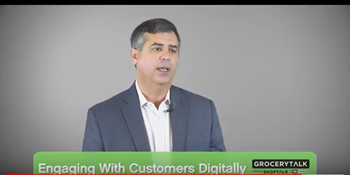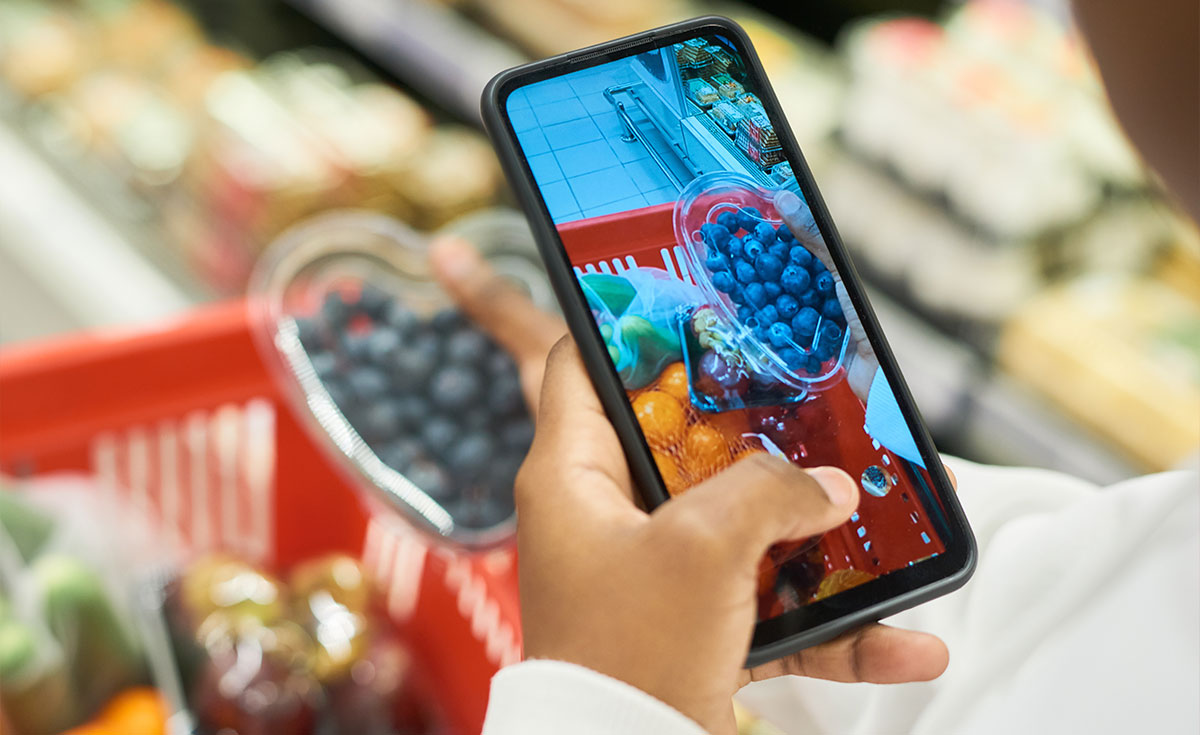By: Rick Stein, Vice President, Fresh, Food Marketing Institute
 Remember when Time Magazine told us we have a shorter attention span than a goldfish? Well, Time published that article three years ago, so let’s just say we’ve gotten worse.
Remember when Time Magazine told us we have a shorter attention span than a goldfish? Well, Time published that article three years ago, so let’s just say we’ve gotten worse.
I imagine that herding goldfish is even more frustrating from a marketer’s perspective. In a digital age, it’s getting increasingly more difficult to engage a consumer and influence his or her behavior – certainly in attracting a customer to a food retail store and ultimately creating loyalty. The fresh perimeter is one area where FMI has been laser-focused, as our members reportedly see their fresh departments and offerings as differentiators. And now that food retailers are competing with more dollars being spent away from home on food, fresh perimeter and foodservice opportunities are growth areas for our industry.
For instance, according to the FMI Foodservice at Retail 2018 analysis, a digitally engaged consumer, on average, spends 20 percent more per grocery trip. Extrapolate this average to a yearly/total store basis, and it suggests digital advocates spend $7,000 and non-digitally engaged shoppers spend $5,850. With such narrow margins, food retailers know that an investment in the fresh-prepared shopper pays dividends.
We also found that shoppers who more frequently purchased foodservice items at the grocery store are technology-engaged individuals (56%); they are from large households (54%) with mid-high income (50%) and high-trip frequency (51%). This is an opportunity to reach shoppers two ways if the research proves that they are using technology and have a greater proclivity to visit a store. Smartphones, tablets, computers and other technology play a vital part in consumers’ decision making on where and what to eat. A majority of shoppers use technology to help them plan for dinner, which is most prevalent among millennials. Beyond researching dinner plans, shoppers use apps, websites or other technology for activities that provide timely and relevant advertising tie-ins. For instance, the highest ranked activities among shoppers include streaming music; finding recipes and meal ideas; checking the weekly ad; and keeping a personal and/or family activities calendar.
Digital media opportunities extend the shoppers’ relationship with a brand. Frequent foodservice buyers are much more likely to sign up for emails (60 percent), texts (56 percent) or social media (53 percent). The likelihood of a consumer to engage across these channels is even higher for shoppers who frequently purchase foodservice for lunch.
But who has time for lunch or dinner these days? I heard shoppers just want mini-meals.
Speaking of snack time, it likely took you two minutes to read this blog post, or 120 seconds, which is 15 fold more time than I was afforded if we truly only have less than eight seconds to make an impression.
Video: Watch John D’Anna, EVP and chief strategic officer for Brookshire Grocery Company, as he navigates three distinct types of shoppers and builds trust in a digital age.


 Industry Topics address your specific area of expertise with resources, reports, events and more.
Industry Topics address your specific area of expertise with resources, reports, events and more.
 Our Research covers consumer behavior and retail operation benchmarks so you can make informed business decisions.
Our Research covers consumer behavior and retail operation benchmarks so you can make informed business decisions.
 Events and Education including online and in-person help you advance your food retail career.
Events and Education including online and in-person help you advance your food retail career.
 Food Safety training, resources and guidance that help you create a company food safety culture.
Food Safety training, resources and guidance that help you create a company food safety culture.
 Government Affairs work — federal and state — on the latest food industry policy, regulatory and legislative issues.
Government Affairs work — federal and state — on the latest food industry policy, regulatory and legislative issues.
 Get Involved. From industry awards to newsletters and committees, these resources help you take advantage of your membership.
Get Involved. From industry awards to newsletters and committees, these resources help you take advantage of your membership.
 Best practices, guidance documents, infographics, signage and more for the food industry on the COVID-19 pandemic.
Best practices, guidance documents, infographics, signage and more for the food industry on the COVID-19 pandemic.
